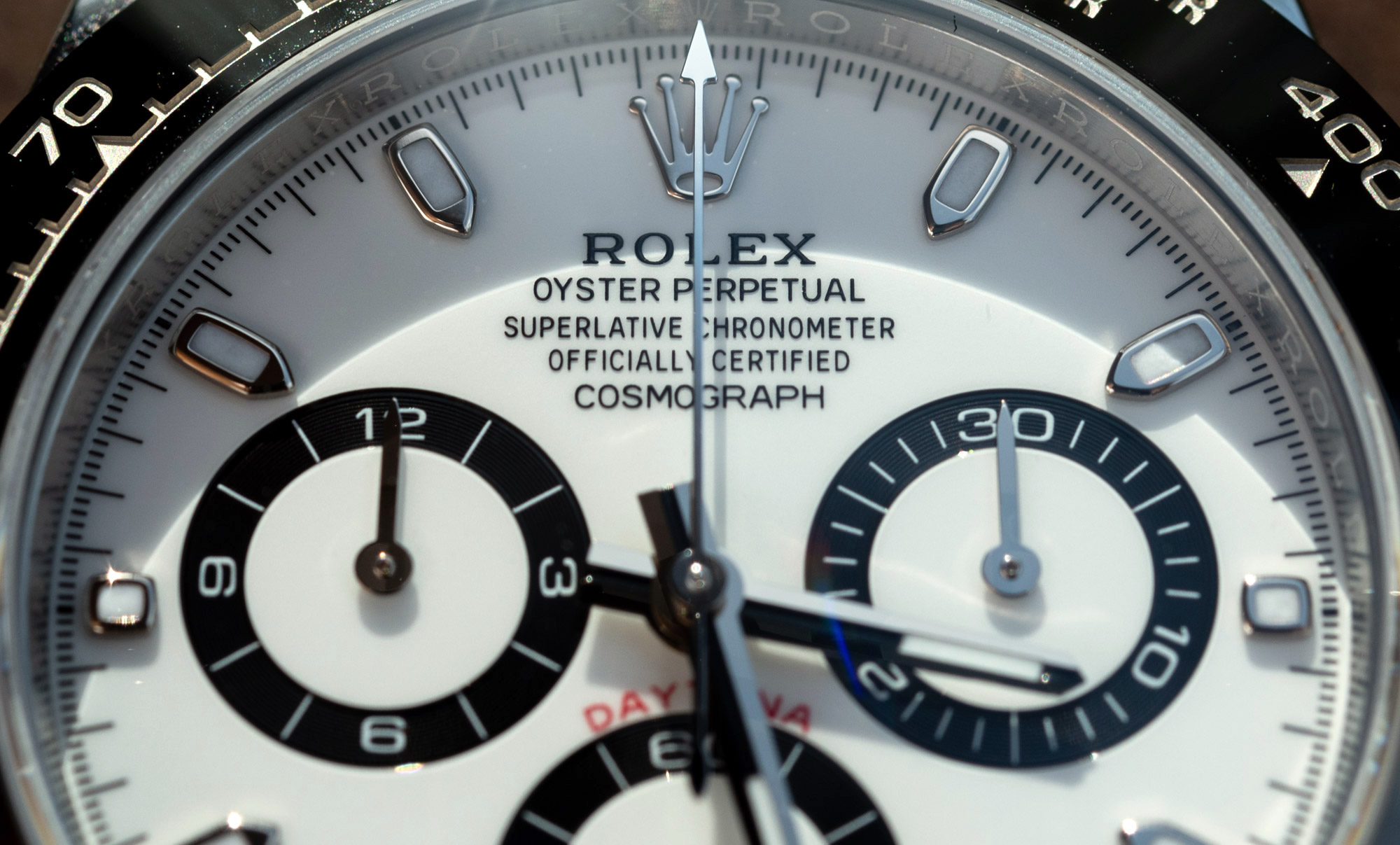
It’s a new year, and a time for new beginnings. What better time to look back at some of those stylistic, functional, or watch pricing issues that have ground my gears throughout 2022? To be fair, it’s also time to reflect on some of the positive things that I’d love to see more of in 2023.

A Race To The Bottom
There is a certain irony to Swiss luxury watchmakers trying to outrun each other to tell accurate time at the deepest bottom of the ocean, while most of them simultaneously offer (with a straight face) core collection watch models with 50 or even 30 meters of (claimed) water resistance. For the uninitiated, the latter is Swiss-speak for “Yeah, don’t go anywhere near water with it.” The rant over luxury sports chronographs that break if they get wet is for another time, so let us now focus on the fierce competition that revolves around who gets to make the most pointless watch ever.

We’ll say it: Developing and producing, at tremendous expense, a watch that can withstand a certain amount of pressure only if it becomes completely unwearable in the process, is not an impressive feat in the realm of watches. How so? Rolex making a 50mm-wide and 23mm-thick watch is like Bugatti making a 300-mile-per-hour hypercar that is so thin and so flat that a human cannot sit in it. Yet, because these record-breaking watches are shaped like a wristwatch, we tend to celebrate them as new benchmarks and technical feats within the world of wristwatches — even though they cannot function as such since they are completely unwearable, if not for their width (in case someone had a wrist wide enough to comfortably rock a 50mm-wide watch), then certainly for their thickness.
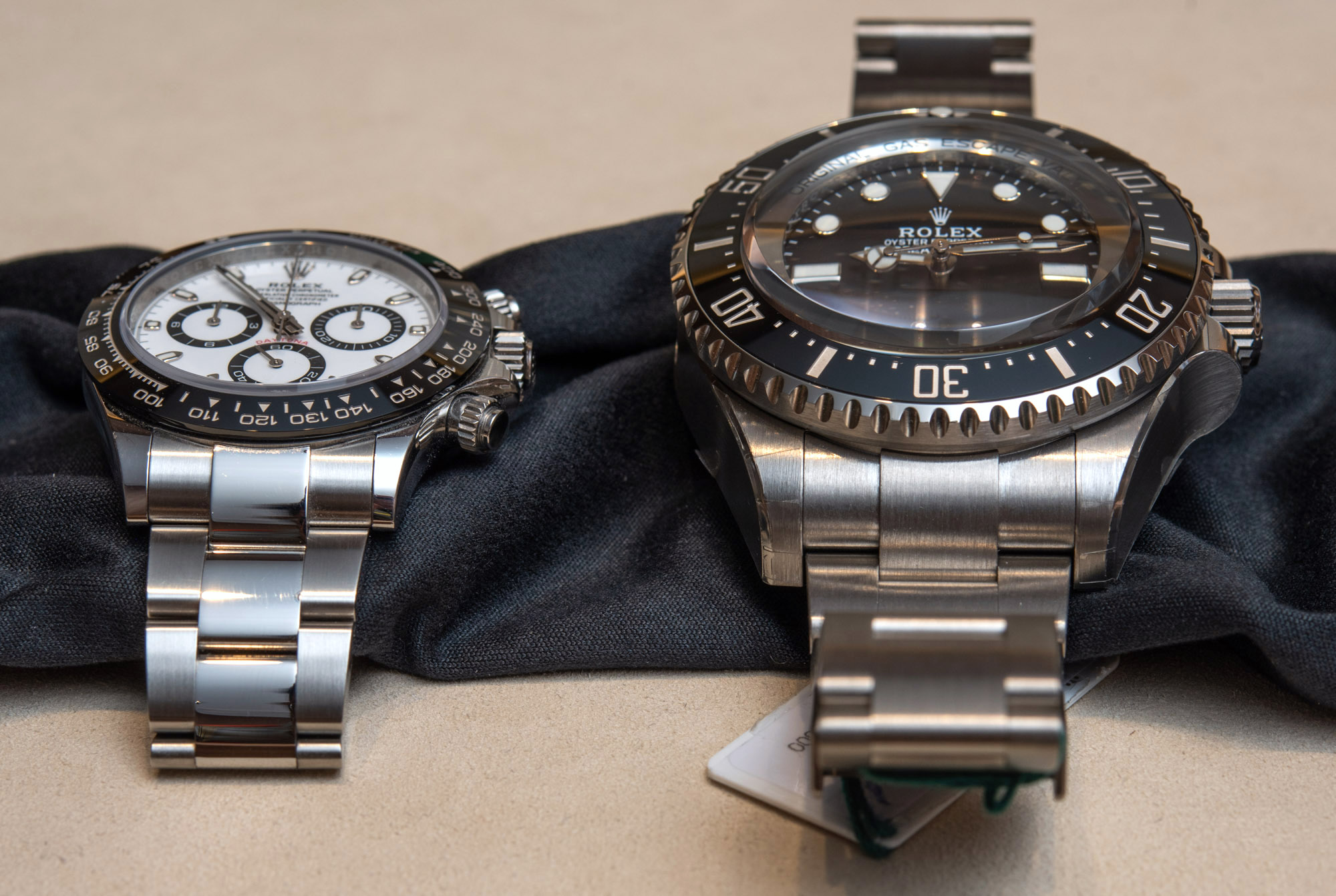
Sure enough, adding more of the toughest materials will result in increased durability and pressure resistance. But the greatest engineering feats, stuff like the SR-71 Blackbird, the Bugatti Chiron, or the iPhone, attained their celebrated status precisely because they could still operate in accordance with their original intended function while achieving said goal. The SR-71 could still fit a crew and complete its missions, the Chiron could still be registered as a road-legal car, and the iPhone could still be made in hundreds of millions of copies, not just in one shiny prototype that worked during a presentation.
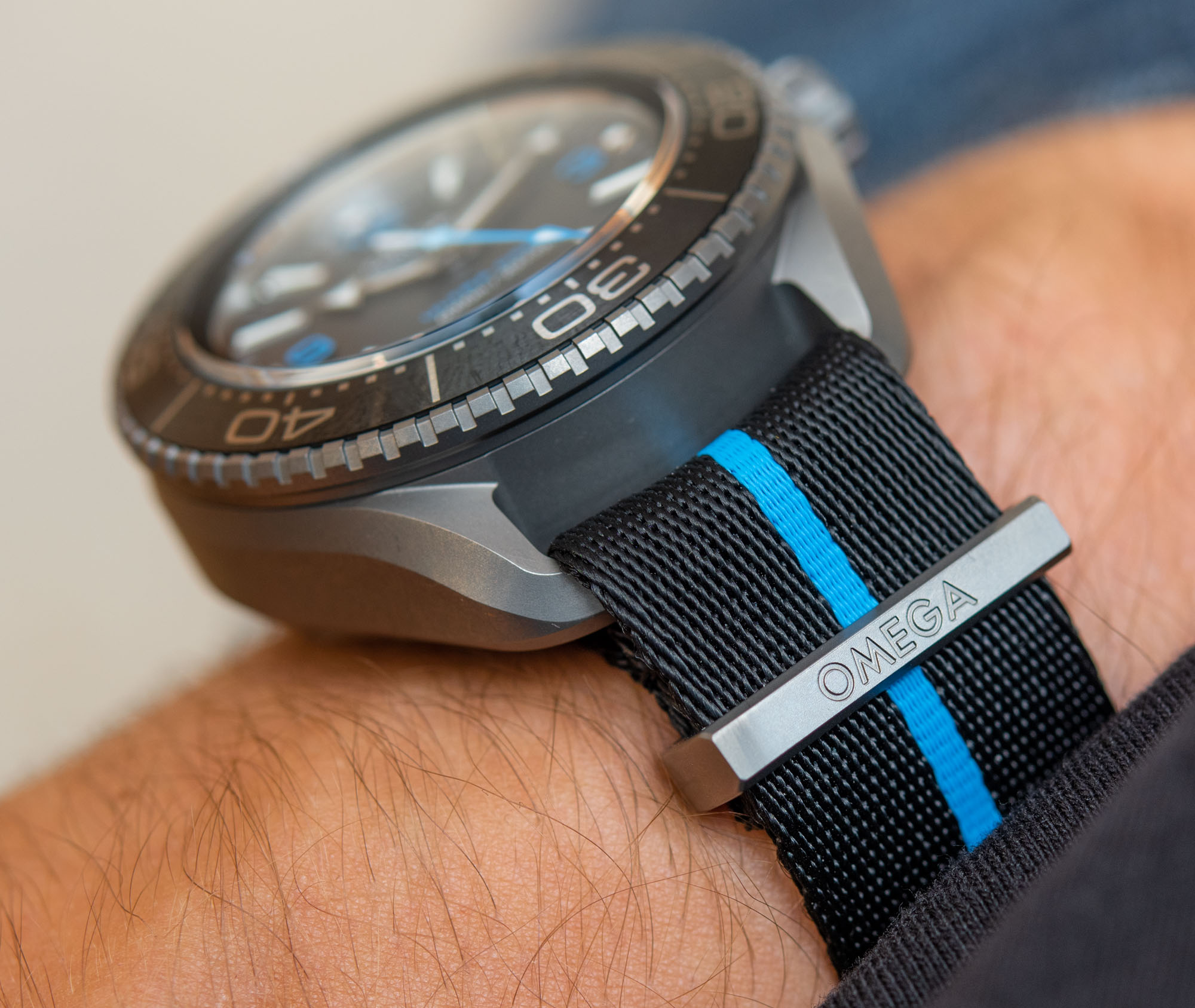
The fact that the watch industry can only battle the crushing pressure exerted by the greatest depths by making unwearable things shaped like watches is proof that it, in fact, cannot yet make wristwatches truly capable of tackling these elements. That’s fine. The watch industry already has more than enough amazing inventions and talented craftspeople to be proud of and celebrate. The point, however, is that we watch enthusiasts should celebrate these brands for their other, more beneficial efforts. We should motivate these companies to turn their attention to other issues that are actually relevant to our daily watch-wearing experience: things like wearing comfort (most bracelets and clasps still have at least some room for improvement), real-world durability (these ultra-water-resistant watches can still be scratched by some of the most ordinary objects around us), and aesthetic refinement.
 So, the first thing I look forward to seeing less of in watches in 2023 is record-breaking dive watches, not to mention more of the established, fan-favorite models rocking considerably increased water resistance.
So, the first thing I look forward to seeing less of in watches in 2023 is record-breaking dive watches, not to mention more of the established, fan-favorite models rocking considerably increased water resistance.

A Race To The Archives
There were three major motivators for watch brands when it came to introducing ever more of their vintage-inspired watches: First were watch buyers not yet developed in their taste or fully confident in their watch-buying decisions. This customer seeks a safe purchase in the sense that it is difficult to criticize by their peers, is widely acknowledged and recognized as important through its role in the past and present of the brand that made it, and doesn’t go out of style too soon. Second, there are the overlords reigning over the majority of prime luxury watch brands: Over the last two decades, we have seen how luxury conglomerates tried to minimize the presence of competing products among the brands under their umbrella. Plenty of watchmakers would have been capable of introducing a better pilot’s watch, a manufacture movement-equipped watch at a better value, a more capable sports watch, or a better-priced dress watch. But they have often been shut down because another brand in the portfolio of said conglomerate already “owned” the pilot’s watch, the dress watch, or a particular sports watch segment. With so many impressive projects shut down at their early stages — or sometimes right before their launch — at a group level, brand executives did the next logical thing and reverted to something their brand had already owned: vintage designs from their past. Third, we shall not ignore the fact that there are seasoned watch lovers who simply love the relaunch of a fabled aesthetic.
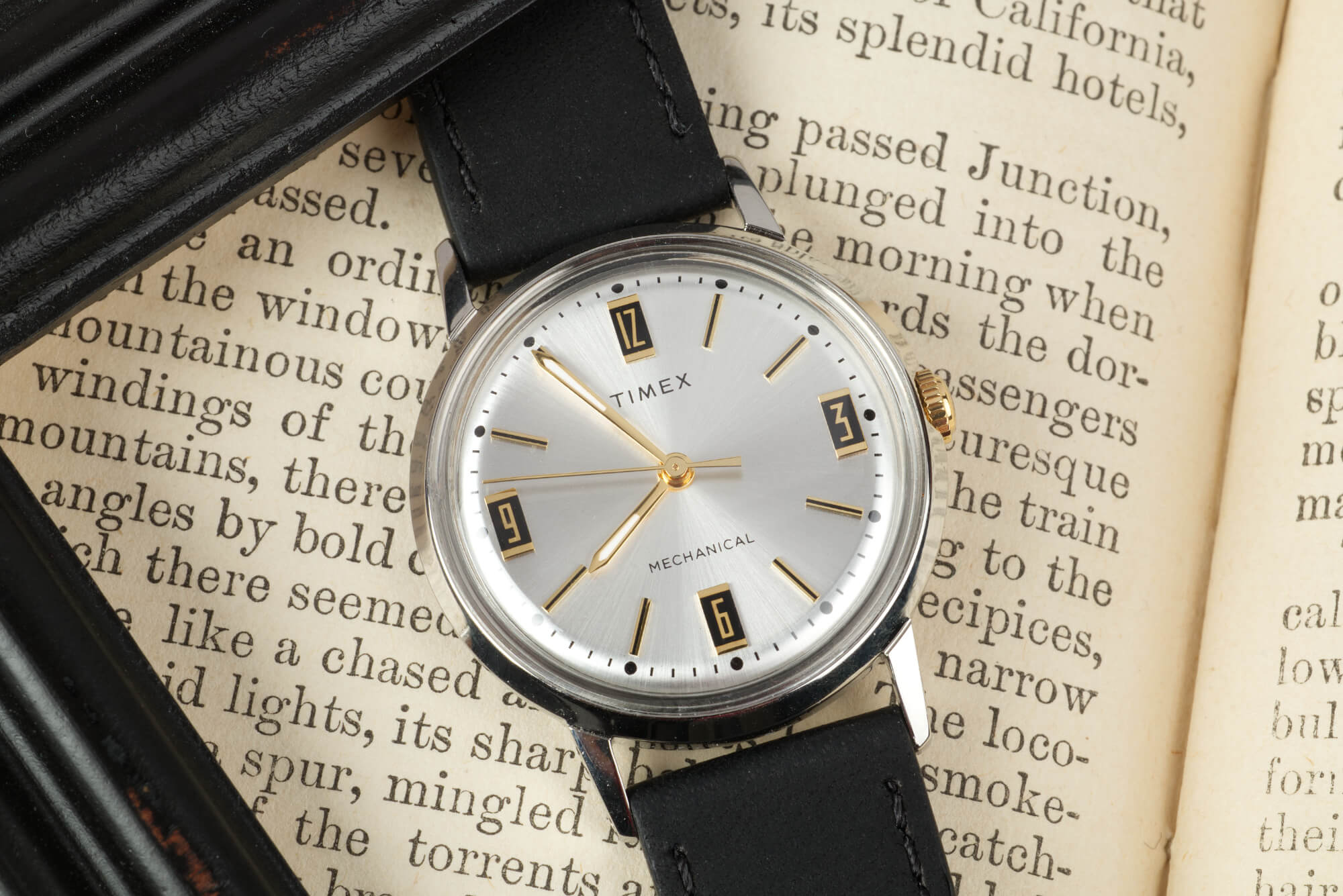
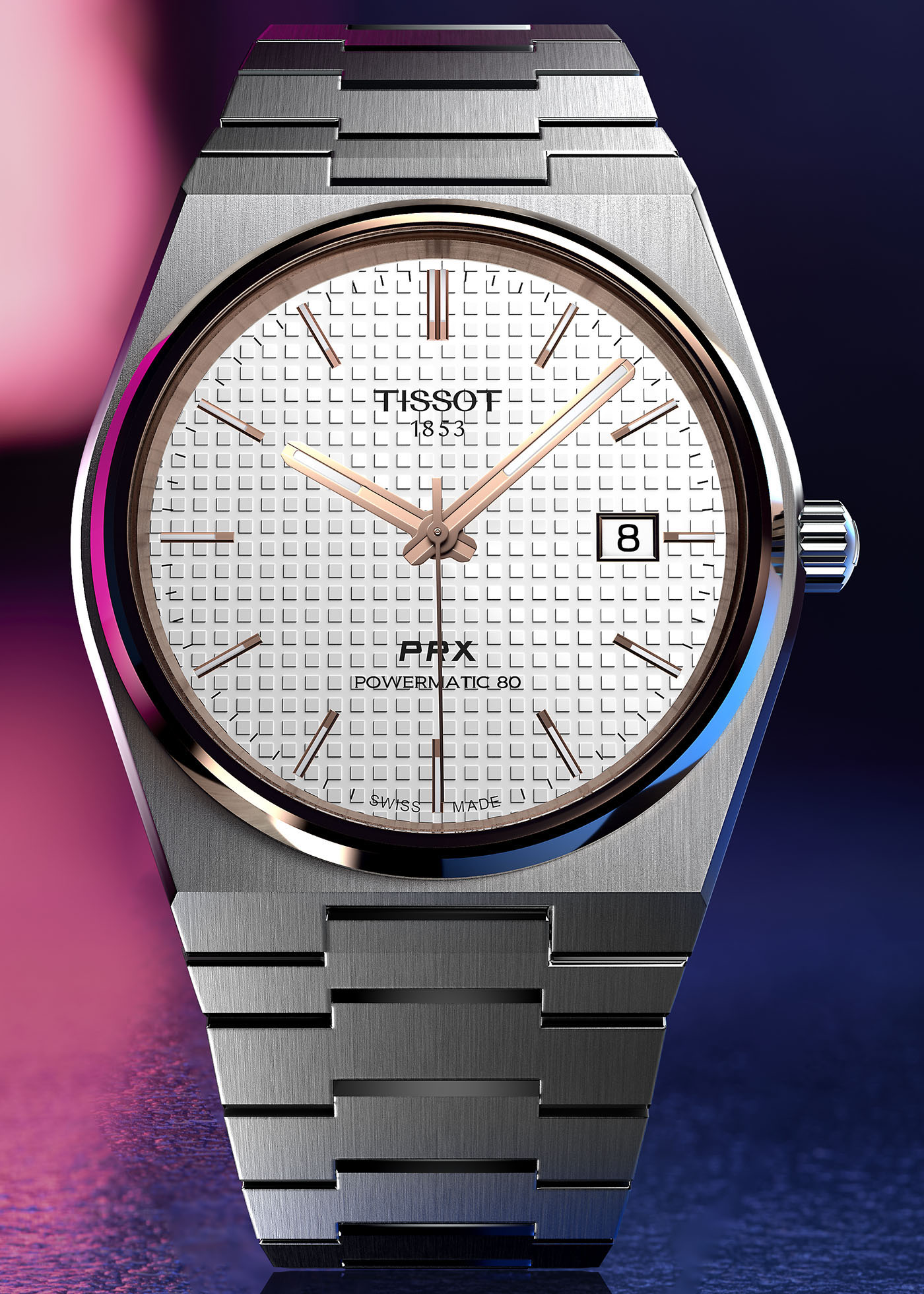
All this has opened the floodgates, and brands couldn’t visit their archives often enough to seek inspiration for their next “novelty.” Make no mistake, the industry has produced some spectacular watches in the second and third quarter of the last century, designs that are worthy of being around, produced, and sold, even today. Seiko, Zodiac, Hamilton, Omega, Zenith, Longines, and even Timex, as well as a large portion of all brands, have decided to jump on the vintage bandwagon by researching their archives, and cherry-picking those combinations of functionality and looks they thought to have the best chance at appealing to the modern watch buyer. There have been so many vintage-style watches that they have been simply impossible to keep track of.
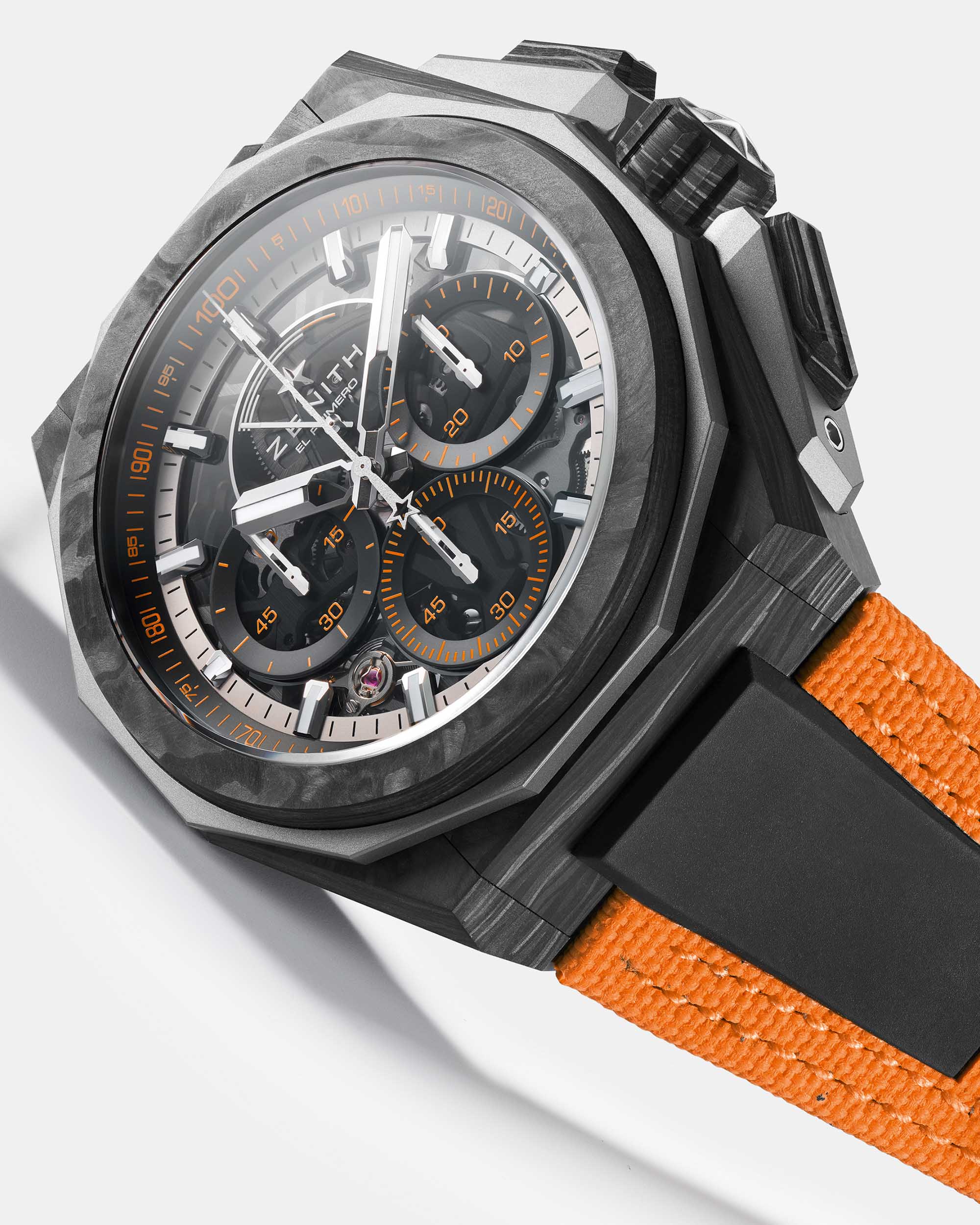
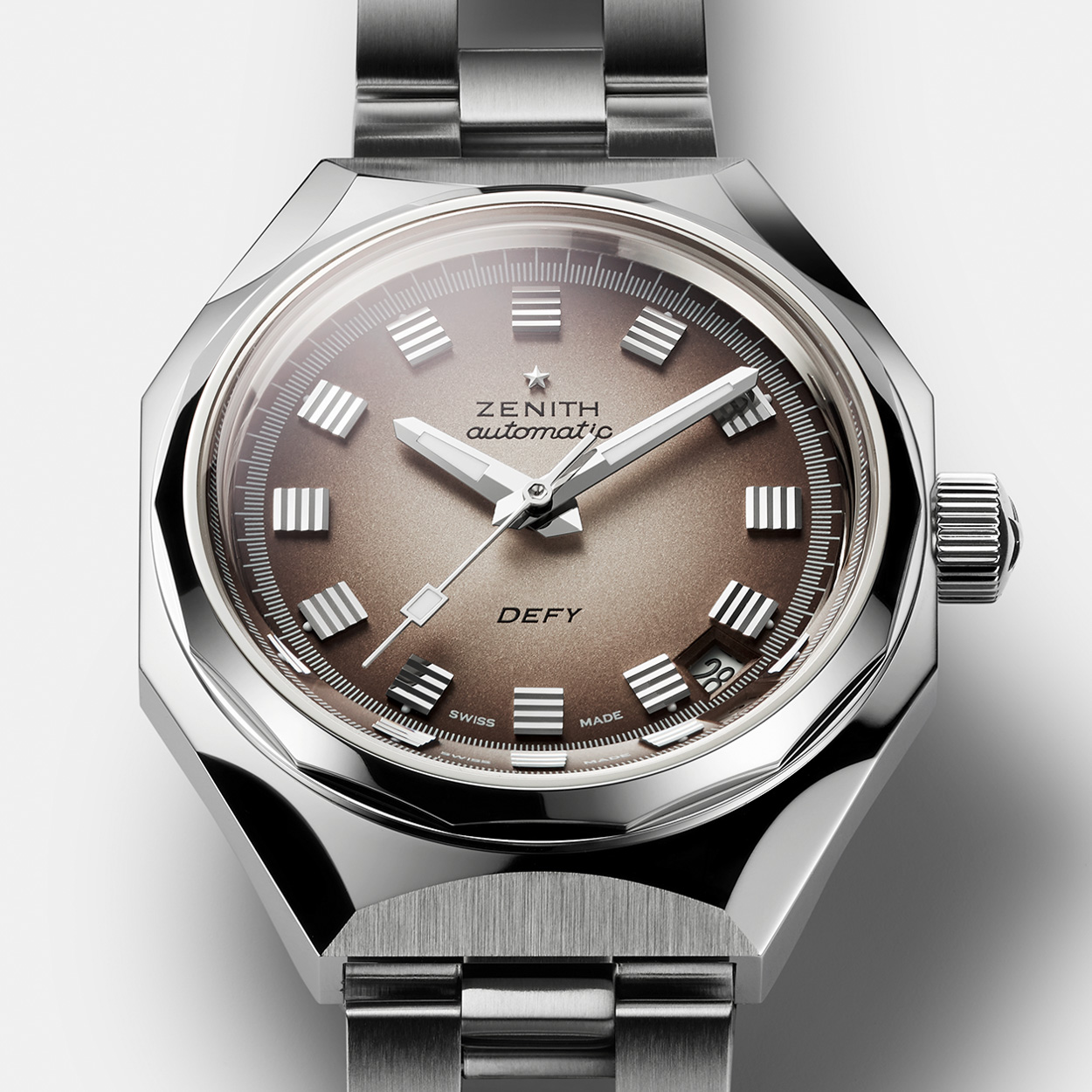
Rather than focusing on brands that got entirely consumed by this trend and have hardly debuted anything interesting and contemporary, let’s highlight a few positive examples of watch companies that have found an impressive balance between old and new. Zenith has been highly successful with its “Revival” watches, which, as their name implies, remain very close in their design to their originals, often dating back to the 1950s and 1960s. The Defy and, of course, the El Primero have all had a number of popular vintage revivals. Zenith, however, has also kept on pushing its own boundaries with new — at least new-to-brand — materials, designs, and even movements. Movements with double escapements, ultra-high operating frequencies and new architectures, bold colorways, and modern lines have all found their way into the Zenith line-up. Omega, Vacheron Constantin, Timex, and Seiko are other brands that have been striking a solid balance.
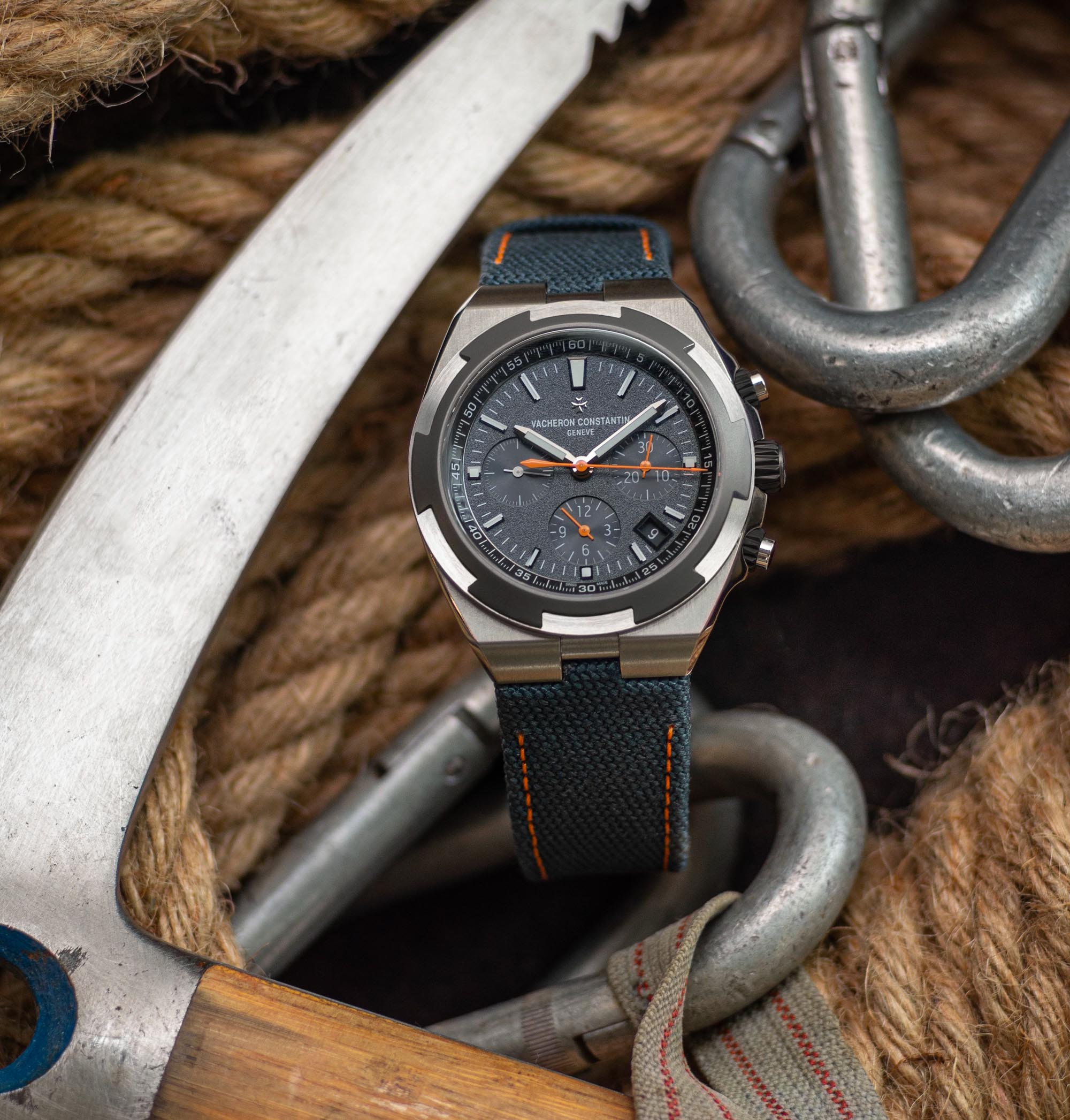

For 2023, it would be great to see more brands follow the example of those few that could simultaneously sustain a vintage-inspired, as well as a truly modern, side of their business. That said, an old-looking watch will never convey the same level of impressive technicity and know-how as modern ones do — and the customer will decide whether to vote for the former or the latter with their money, once the time comes. But they certainly will be better convinced by the brand that does both types of watches well.
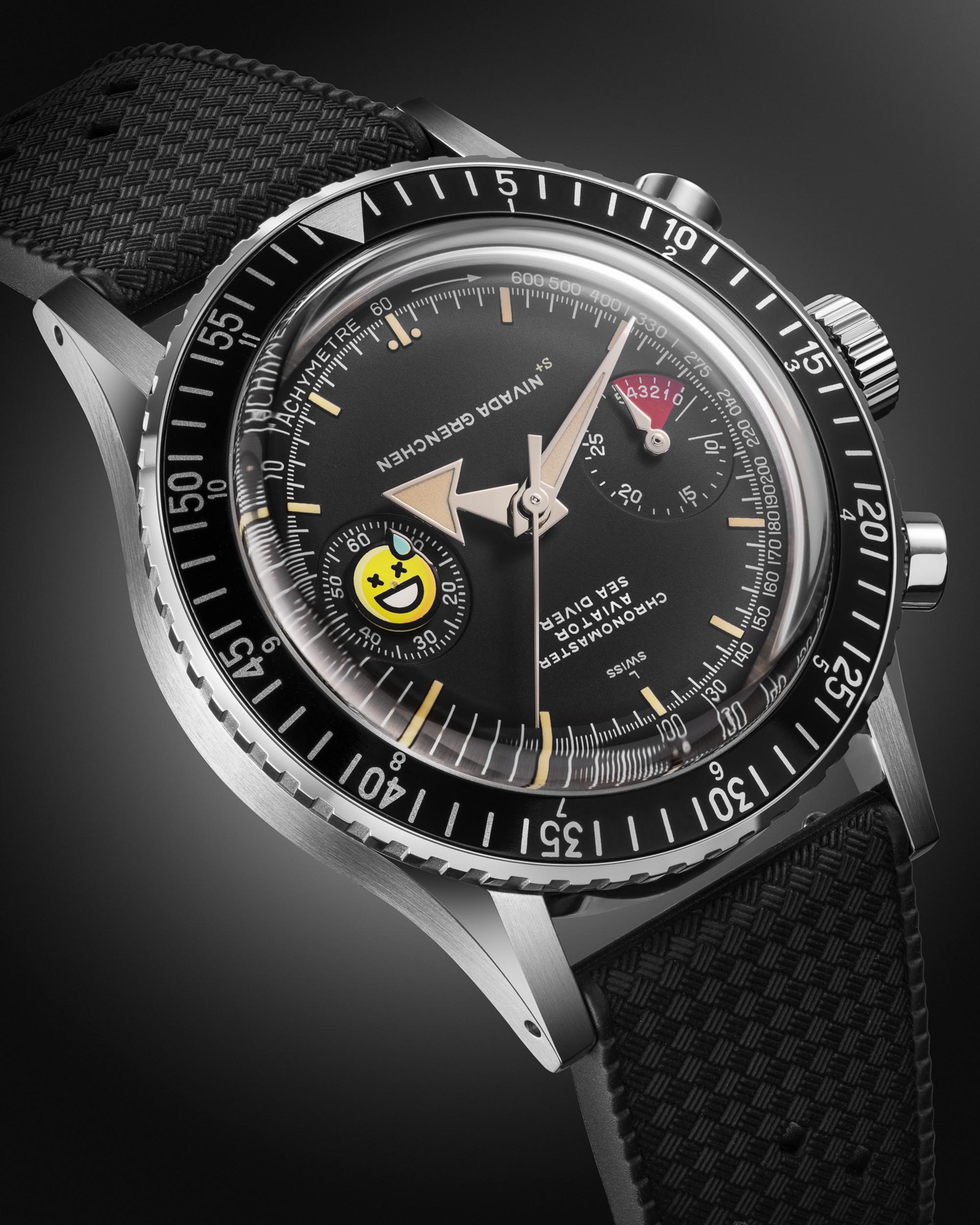
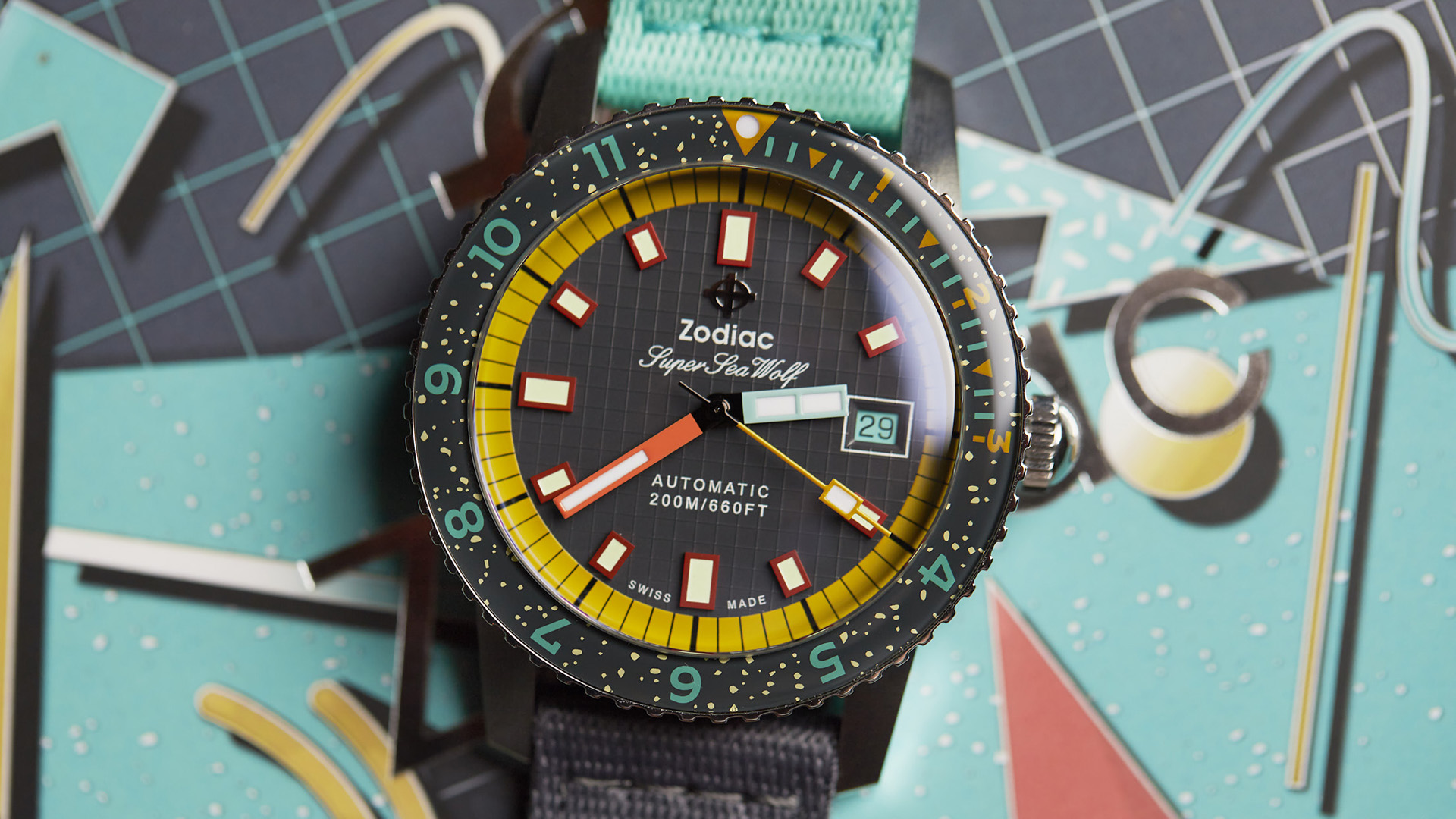
There is something that is begging to be added here: fun reiterations of vintage watches. If the tame and lazy, like-for-like regurgitations of age-old watches by big-ego brands have been grinding my gears throughout 2022, these lighthearted takes on appealing vintage designs have definitely been the life-saving lubricant. Brands like Nivada Grenchen, Timex, and Zodiac have, time and again, shown that it will not mark the demise of the brand if it has some fun with one or more of its iconic past references. The watch industry in general is risk- and, therefore, fun-averse, even though hundreds of customers every year look to mark an uplifting and important moment in their life with a watch purchase. In a globalized developed world full of the same-looking phones, cars, and clothes, a tiny, forty-something-millimeter object might just be the best place to have some fun — and I can’t help but fully support brands that recognize how important this actually is.
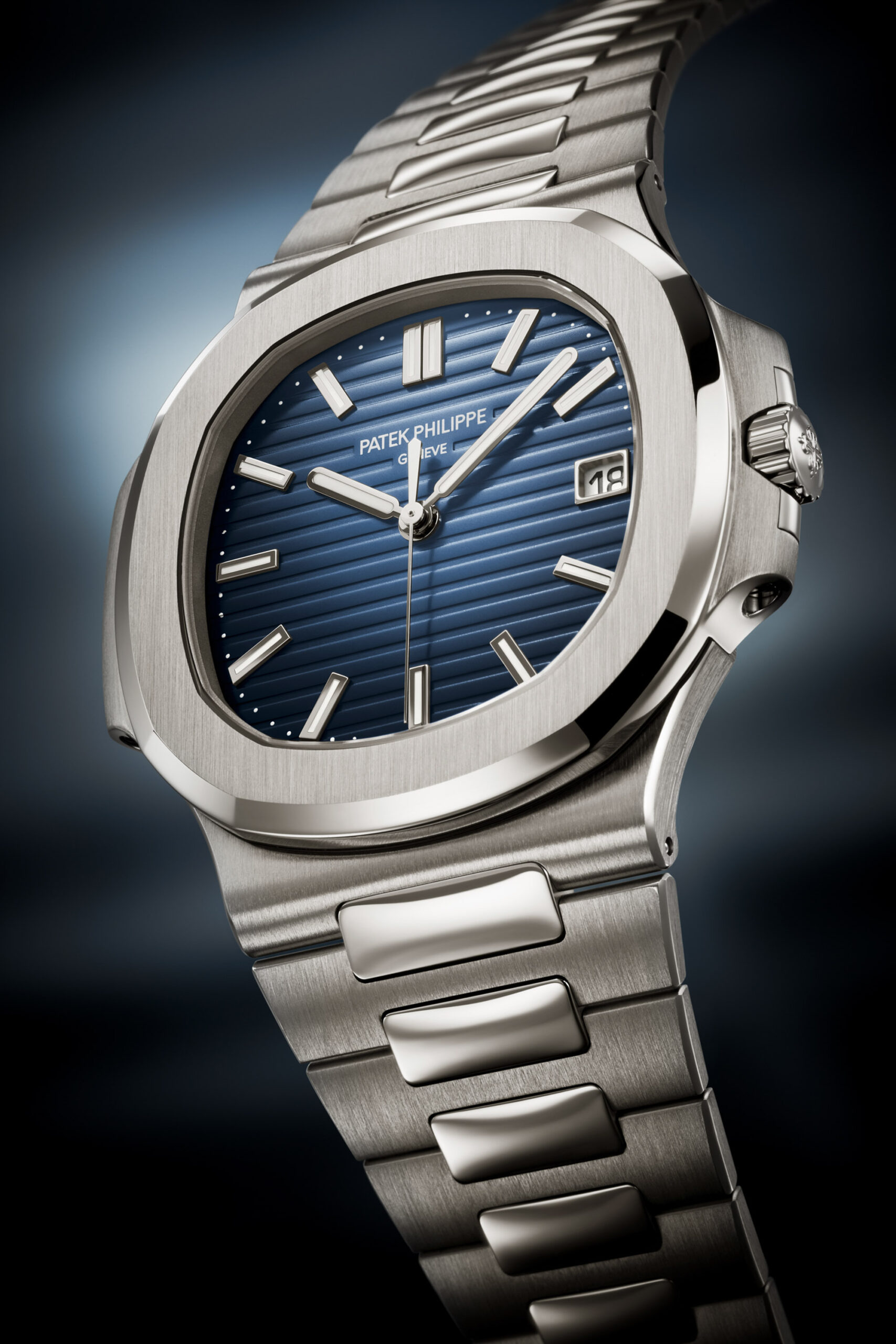
A Race To The Top
2022 saw the rise of gray-market prices into the stratosphere on certain watches from Rolex, Audemars Piguet, Patek Philippe, and others. This was provoked by a variety of reasons we’ve have covered extensively here on aBlogtoWatch, as well as on the ABTW Weekly podcast. We will not discuss all the individual causes but consider just this one that will, hopefully, go away in 2023: People who want a watch for the sole reason that other people want it, too. It’s probably safe to say that since the renaissance of luxury watchmaking that began in the late 1980s, there has hardly ever been such diversity in terms of materials, designs, and functions and across such a wide range of price points as there is today. Yet, over time we’ve seen not the diversification but the immense centralization of mass appeal, which, in turn, encouraged the two- or three-fold increase in the resale value of certain specific watch models.
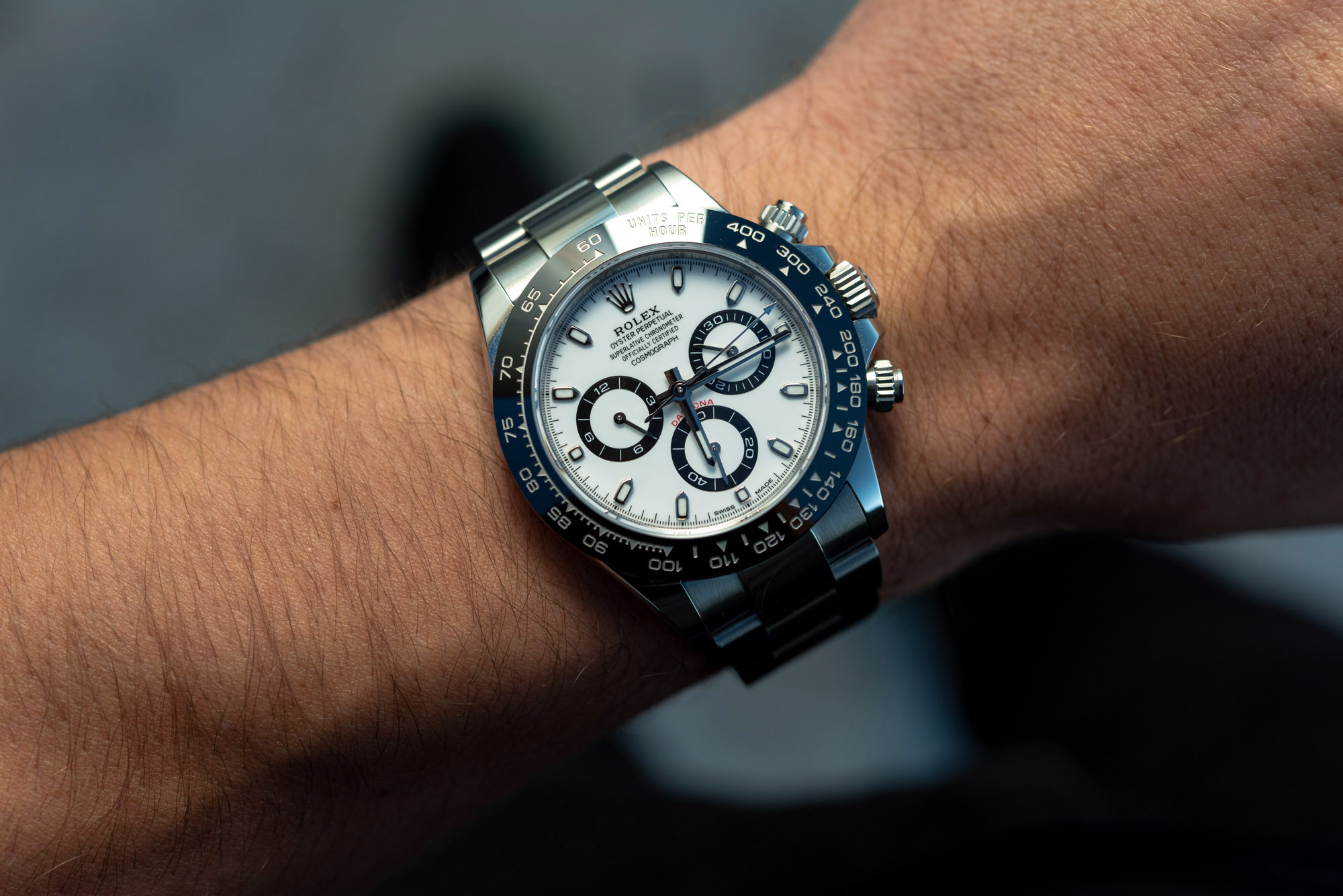
Although it’s arguably a naive thought, it nevertheless holds true that the price hike on the secondary market could have been a lot less severe if the desirability of a watch were dictated less by how impossible it was to get, and more by how awesome it is in the way it looks, wears, or functions.
The watches of 2022 have been absolutely awesome.
Incredible new materials with a fit and finish like we have never seen before made their debut at brands we never expected to embrace such novel feats of engineering. Watch movements have functioned more accurately and often with greater visual complexity than ever at a given price point, and the resulting wearing experience was unlike anything that had come before. Why anyone, and especially people en masse, would want to wear watches that looked the same and were made from the same materials as they had been for decades, reveals a baffling level of superficiality.
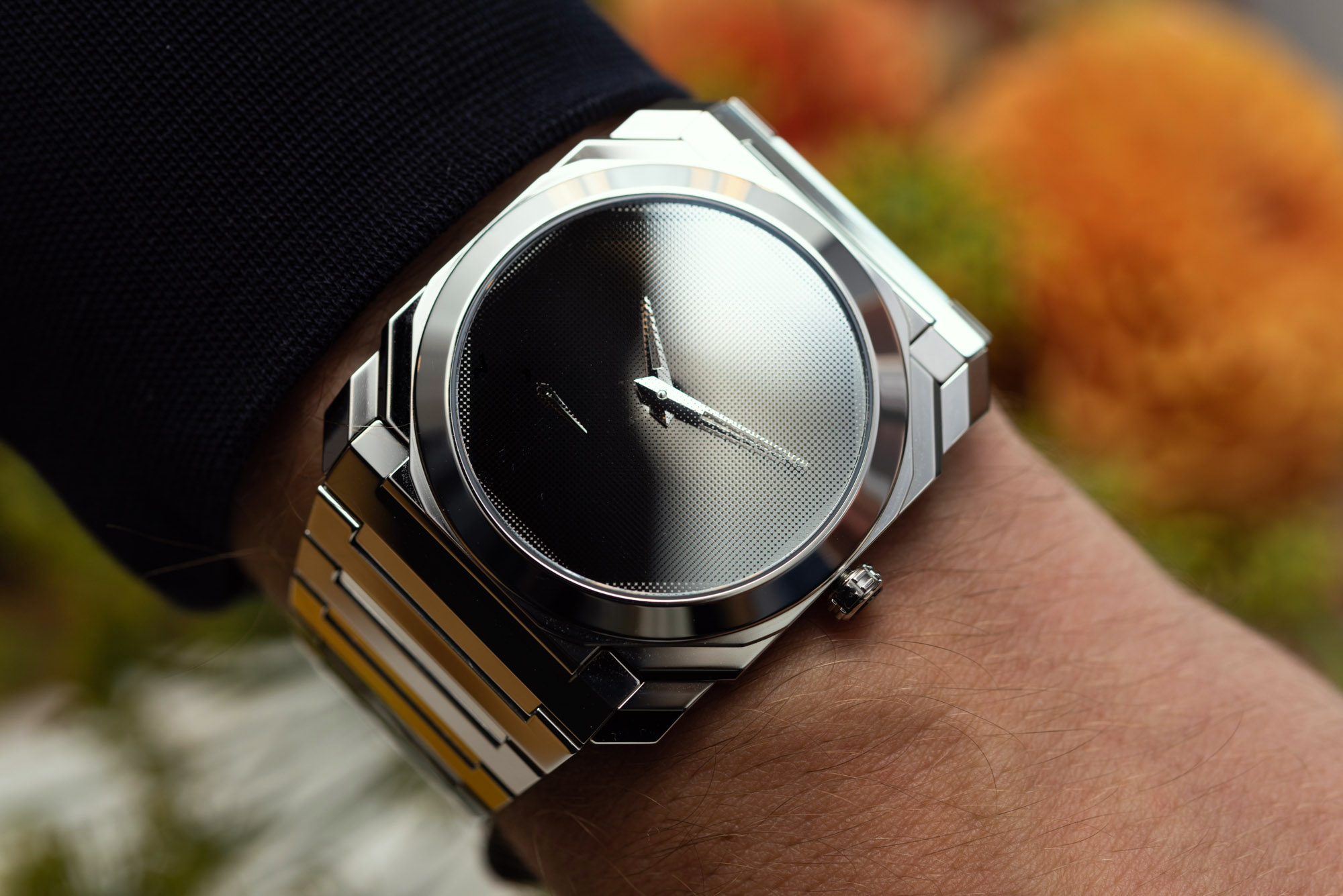
Many brands have been working very hard to produce exciting, fresh, and beautifully engineered watches for 2022 — but it is on the customer, on us, to support these initiatives by buying the watches that we like, even if it is only us and none of our peers or preferred “influencers” who also supported that purchase. This will motivate brands capable of pushing their own limitations to push them further still, and it will also save us the headaches and deep frustrations associated with the buying experience of a watch that everybody else is also trying to obtain. The race of masses to a singular top will be transformed into individuals reaching toward their own independent watch goals — although, again, this is a rather naive idea in the world of luxury purchases.
Let us know in the comments below what watch trend of 2022 has ground your gears, and what is it that you are looking forward to in the watch world in 2023.

